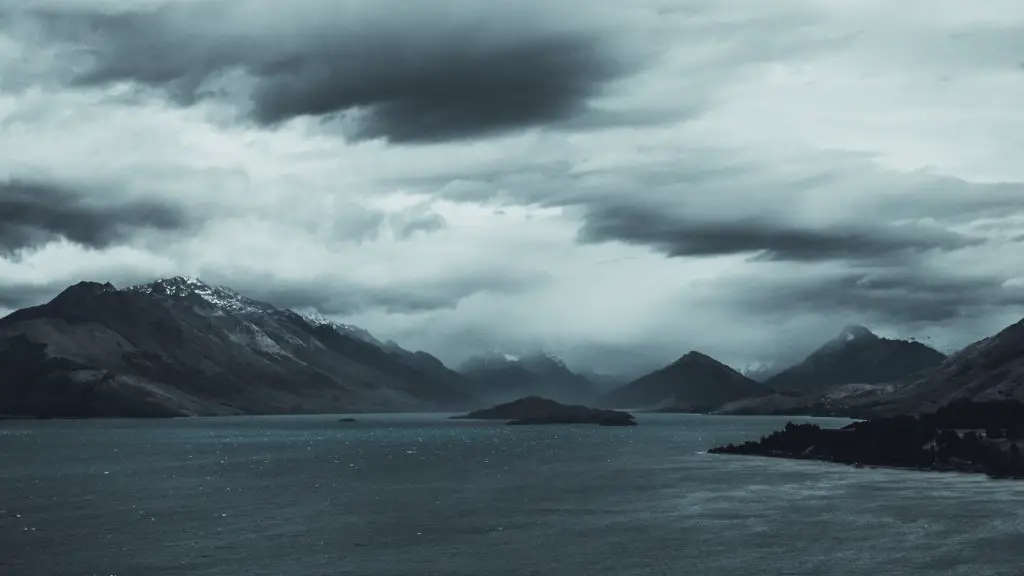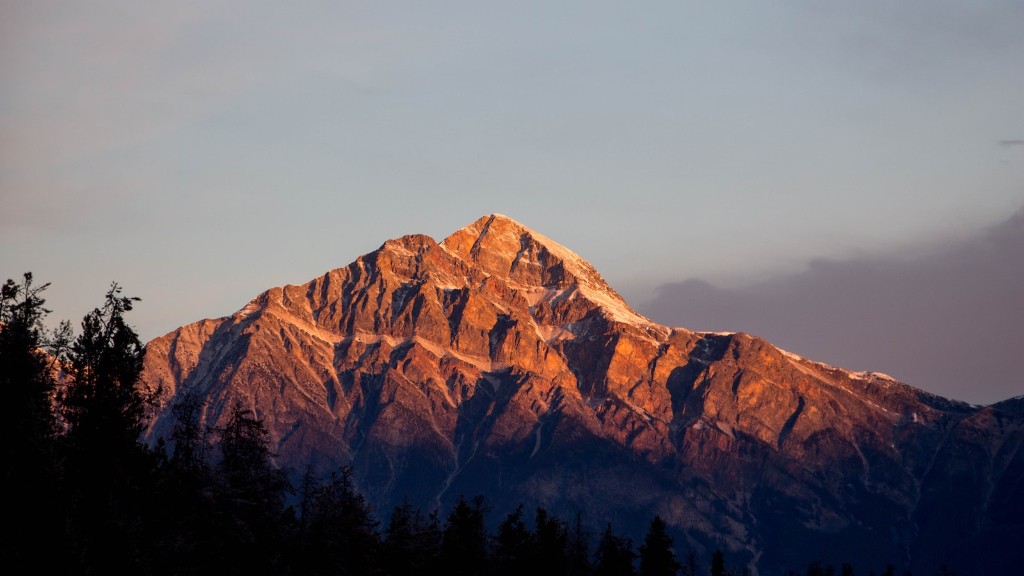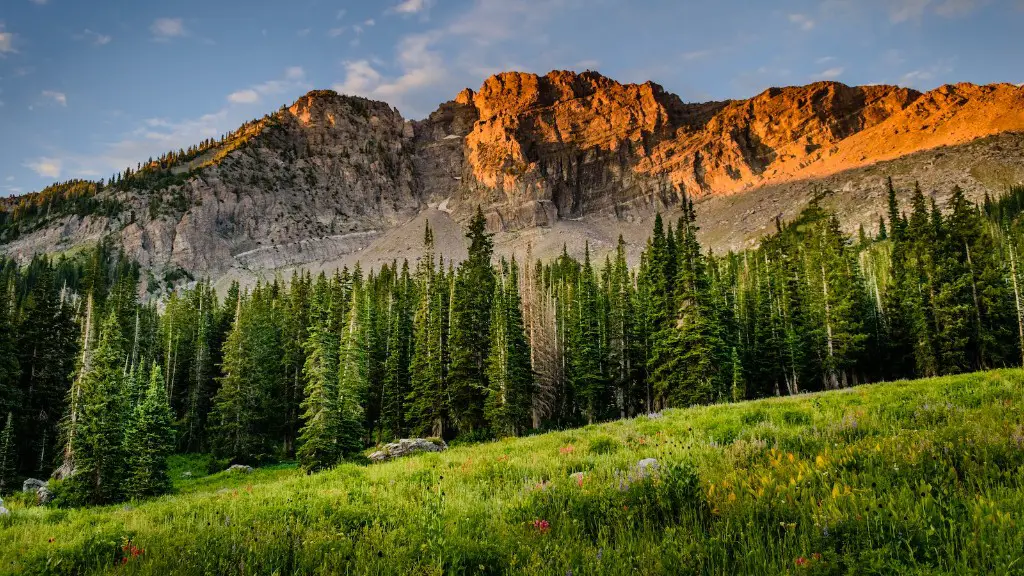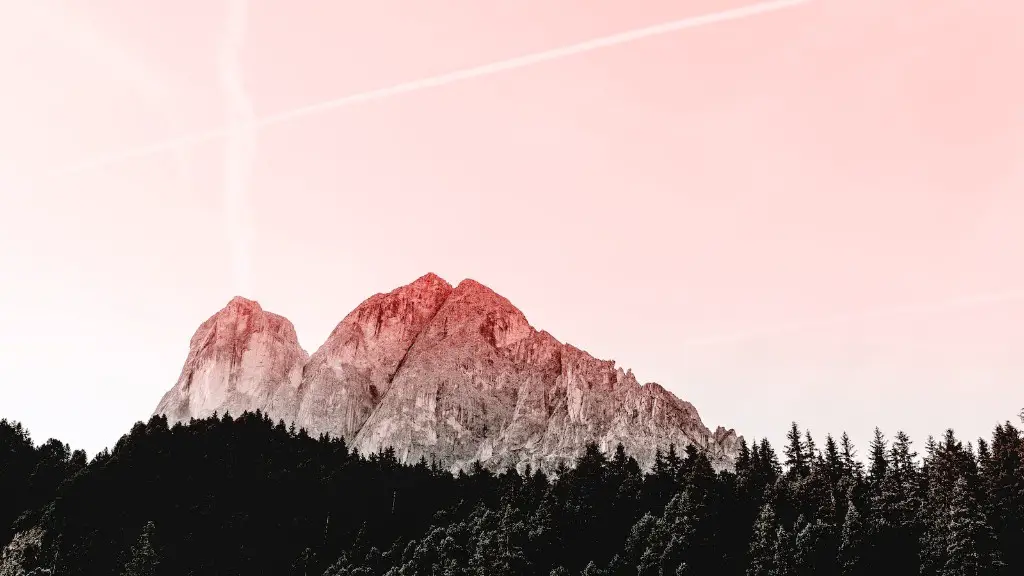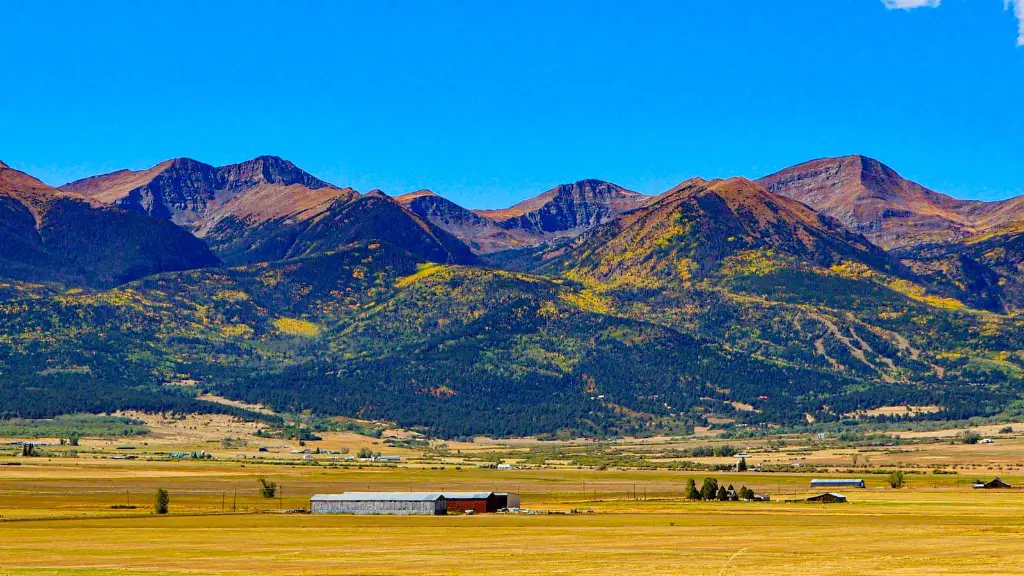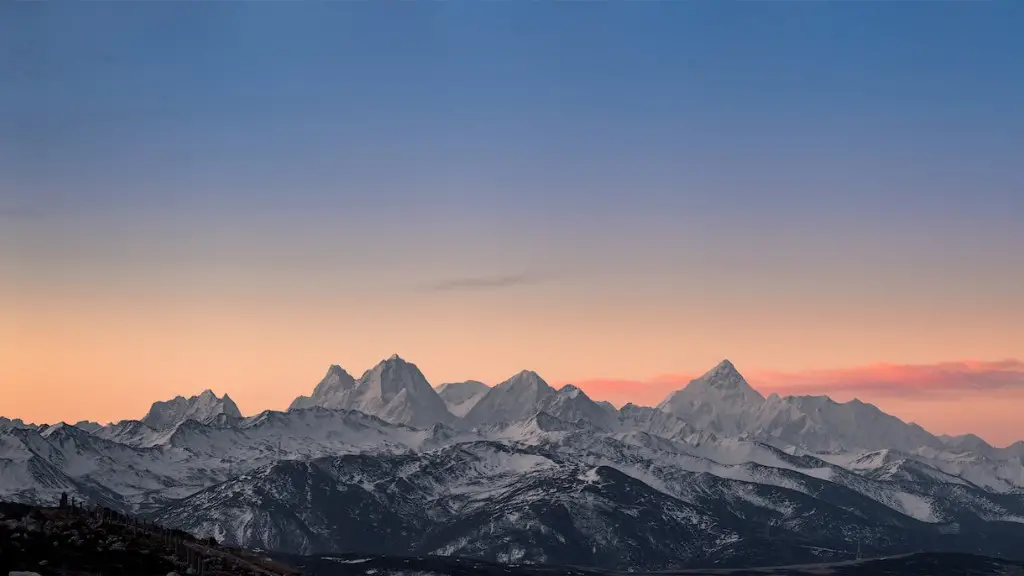Mount Everest, the highest mountain in the world, has fascinated climbers and adventurers since its discovery. In 1856, British surveyors began measuring the mountain, and their efforts continued throughout the next century. In 1953, Edmund Hillary and Tenzing Norgay became the first climbers to reach the summit, and their successful ascent marked a new era in the exploration of Mount Everest. Today, the mountain continues to challenge and inspire climbers from all over the world.
In 1856, British surveyor Andrew Waugh measuring the height of Mount Everest for the first time.
Who First measure the height of Mount Everest?
Mt. Everest was first calculated to be 29,002 feet high in 1852 by British surveyor and mathematician Radhanath Sikdar. George Everest, the British surveyor after whom the mountain was named, had retired in 1843, but his successor, Colonel Andrew Scott Waugh, decided to name the peak after the man who initiated the survey.
The placement of the receiver tower near the top of Everest was a strategic move by geographers in order to get a more precise measure of the mountain’s height. Even though this is an approximation, it is still a more accurate measure than what was previously available.
Who scaled the height of Mount Everest
The 1953 British expedition to Mount Everest was the first expedition to successfully climb the mountain. The team, led by Edmund Hillary and Tenzing Norgay, used the northern route to reach the summit. This route had been attempted by seven British expeditions in the 1920s and ’30s, but all had failed. The 1953 expedition was a success, and Hillary and Norgay became the first men known to have reached the summit of Everest.
The Survey of India is the oldest scientific department of the Government of India. It was established in 1767 by the then British government in India. The department is responsible for mapping the country’s landmass and producing topographical maps. It also plays a vital role in surveying and demarcating the India-China border. The Survey of India has played a significant role in the development of the country. Some of its notable achievements include determining the height of Mount Everest as 29002 ft in 1850 and identifying it as the world’s highest peak. The department has also been responsible for mapping out the India-Pakistan border and the India-Bangladesh border.
Who were the first people to scale Everest?
Edmund Hillary and Sherpa Tenzing Norgay were the first people to stand atop Mount Everest, the world’s highest mountain. They reached the summit on May 29, 1953. This was an incredible achievement and helped to cement the legacy of both men as some of the greatest explorers of all time.
In the 19th century, the height of Everest was calculated by measuring the angles between the top of the mountain and points on the ground whose positions relative to the average height of the sea were already known. The first person to attempt this measurement was George Everest, for whom the mountain is named. His calculation of 29,002 feet (8,839 meters) was remarkably close to the modern measurement of 29,029 feet (8,848 meters).
How did they add 3 feet to Mt Everest?
The land surveyors utilised trigonometric measurements to determine the land area of the site. They also took measurements of the land via satellite. The surveyors also brought in a gravimeter to determine where exactly sea level lies beneath Everest.
Who is measuring Mount Everest’s elevation? Most surveyors put the mountain’s elevation at 8,850 meters (29,029) feet, but a US survey recognized by National Geographic puts the mountain’s elevation at 29,035 feet. So, depending on who you ask, the mountain may be either 8,850 meters or 29,035 feet tall!
How much does it cost to climb Mount Everest
The average price to climb Everest has increased by $4,972 from 2021 to 2022. The median price has also increased by $466. These price hikes could be attributed to the increased popularity of climbing Everest, as more people are interested in taking on the challenge. The higher prices may also be due to the fact that there are now fewer ways to summit Everest, as the Nepal government has restricted access to some routes. Whatever the reason, it’s clear that climbing Everest is becoming more expensive.
K2 is considered to be one of the most difficult mountains to climb, due to its steepness and location. It is further north than Everest, meaning that it is colder, and it is also at the very top of the range, so it is the first mountain to get the big storms from the north. The winds apparently are horrendous on K2, more so than on Everest.
How cold is it at the top of Everest?
The weather and climate of Mount Everest is one of extremes. Temperatures at the summit are never above freezing and during January temperatures can drop as low as -60° C (-76° F). Despite the low temperatures, the biggest issue faced by climbers are hurricane force winds and wind chill.
The new official measurement of Mount Everest’s height is 8,84886 meters, or 29,03169 feet. This is a joint measurement between Nepal and China, who share a border on the mountain. The new height is slightly higher than the previous official measurement of 8,848 meters, or 29,028 feet.
Why Mount Everest is bigger now than the last time it was measured
The mountain’s height changes due to the movement of tectonic plates and earthquakes. The countervailing forces may help maintain a degree of stability over time.
Reinhold Messner is one of the most accomplished mountaineers in history. He is best known for his solo ascent of Mount Everest, which he completed without supplemental oxygen. Messner has also made numerous other first ascents, including the first ascent of Everest without supplemental oxygen, making him the only mountaineer to do so. In addition to his mountaineering exploits, Messner is also an accomplished explorer and author.
Can you climb Everest without a Sherpa?
It is impossible to climb Mount Everest without the assistance of a Sherpa from the Nepal side. In order to cross the Khumbu icefall, you will be required to pay the icefall doctor’s fee. Icefall doctors are Sherpas who mend the ropes and ladders and arrange the pathway across the icefall every year.
Kellas is a mountain in Scotland that has seen its fair share of tragedy. The first recorded deaths on the mountain itself were seven porters who perished in an avalanche in the 1922 British Mount Everest expedition. In 1996, 12 people died trying to reach the summit, the most in a single year to that date. Despite the dangers, Kellas remains a popular destination for climbers and hikers alike.
Why don’t they bring the bodies down from Everest
The high costs associated with retrieving bodies from Everest are due to the dangers and logistical difficulties involved. It can be extremely difficult to remove bodies from the mountain, and the process often requires specialized equipment and trained personnel. In some cases, the costs of final repatriation can exceed $70,000. Unfortunately, this cost can also come at a fatal price, as was the case for two Nepalese climbers who died while trying to retrieve a body from Everest in 1984.
Based on available records, it is estimated that there have been just over 280 deaths on Mount Everest. While the number of deaths has been increasing over time, the death rate – the proportion of those who climb above base camp that die – has actually fallen to below 1%. This is likely due to the increasing popularity of Everest climbing, as well as the improved safety measures and equipment that are now available.
Final Words
The height of Mount Everest was first measured by the surveyor general of India, George Everest, in 1856.
In conclusion, various individuals and groups have attempted to measure the height of Mount Everest. While the exact number continues to be debated, it is clear that the mountain is one of the tallest in the world.
